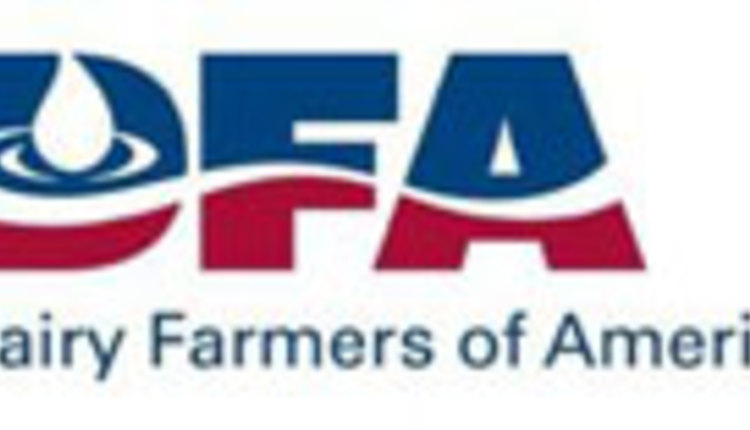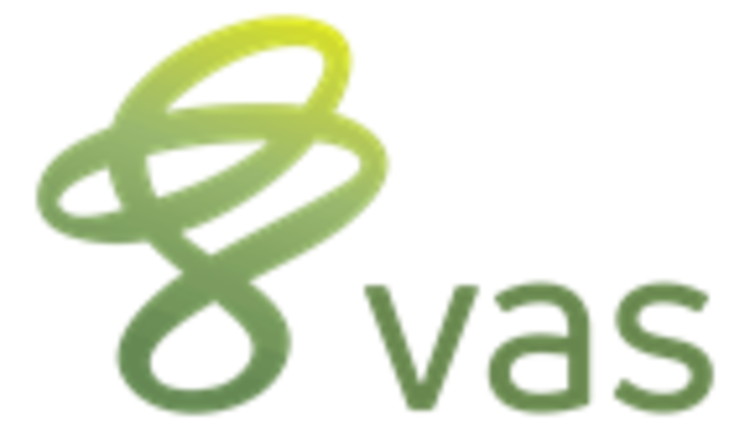The information below has been supplied by dairy marketers and other industry organizations. It has not been edited, verified or endorsed by Hoard’s Dairyman.

There might not be a guaranteed solution for cattle producers looking to save money and get the most from their forages this summer. However, with the assistance of a high-quality mineral powered by the prebiotic Amaferm®, producers are able to stretch their forages and get more nutrients from what they are feeding.
“Every operation is different, and every management scenario is unique, so there isn’t a one-size fits all solution. However, Amaferm can reduce the cost of digestible nutrients in hay by 18% when hay is $180 per ton. The higher hay costs get, the greater the savings that Amaferm creates,” said Chris Cassady, Ph.D., BioZyme® Inc. Technical Sales Field Manager.
Cassady offers multiple options for those looking to stretch their resources this summer. First, if running cows strictly on grass, supplement them with a mineral to ensure they are getting the nutrients they need. Also consider where they are in their reproductive cycle. Late gestation and early lactation are when a cow’s vitamin and mineral requirements are at their highest as they are impacted by fetal growth, milk production and breeding. Therefore most herds don’t require excessive nutrients in the summer, unless they calve in late spring through early fall. Think about the types of grasses you are grazing your herd on. Remember, different grasses on different soil types have varying nutrient contents.
If you are already feeding hay, make sure you have it tested to know it’s nutrient content. Hay testing is actually a free service that BioZyme offers its customers to help them deternine the nutritional compoments they are missing in their herds’ diets. Once the hay analysis is received, the BioZyme nutritionists will recommend the vitamins and minerals needed to balance your cattle’s diets.
Even if you aren’t ready to to start feeeding hay, it is always a good idea to have it tested. This helps you know the best way to supplement your herd with grain or a complete mineral program. Learn more about the BioZyme Hay Testing Service.
If you know where your cow’s nutritional needs are at, then you can match the proper hay quality with their nutritional needs. For example, dry cows in the late summer in mid gestation probably don’t require a high- quality first cutting and can get by with something cheaper. The same could apply for the fall calving herds, at the current time point where they are dry and/or midgestation.
Another alternative that Cassady proposes is limiting the access to hay instead of offering free-choice hay. The benefits of limiting access include less waste, more efficient utilization of forage and overall higher gain conversion. Studies suggest that cows will eat all they waant and need in six hours per day.
“Restricitng access helps control waste from anywhere between 25 to 50%, which is a big expense of a valuable resource right now. Using a bale feeder that is only open to your cow 4 to 6 hours a day or actually feeding hay in a bunk line daiily should prove to be a financial savings in wasted product,” Cassady said.
Regardless of which method your operation chooses, you will want to supplement your herd with a mineral from VitaFerm® powered by Amaferm. Amaferm is a prebiotic designed to enhance digestibility by amplifying the nutrient supply for maximum performance. It is research-proven to increase intake, digestion and absorption. its unique ability to stimulate more than one component of the microbiome makes it so effective. The benefit of 16% more fiber digestion and subsequent VFA production helps cows unlock more energy from within. Couple this with the synergistic benefit on the rumen bacterial population, a greater amount of microbial protein can be synthesized and utilized by the cow. This form of protein comes with tremendous availability and a more balanced amino acid profile than any supplemented protein source.
“Our research shows that Amaferm’s mode of action can unlock the equivalent energy and protein of approximately one pound of corn and one pound of a protein source, respectively. With current corn and soybean prices, a 4-cent investment in Amaferm is worth 43 cents in supplemented energy and protein (10:1 ROI),” Cassady said.
Regardless of your management scenario, your forage availabilty or your herd’s reproductive phase, the benefits of Amaferm, found in the VitaFerm line of minerals will help you stretch your forage dollars. That’s some good news for producers everywhere this summer.
To learn which VitaFerm mineral is right for you, visit: Mineral Navigator.








